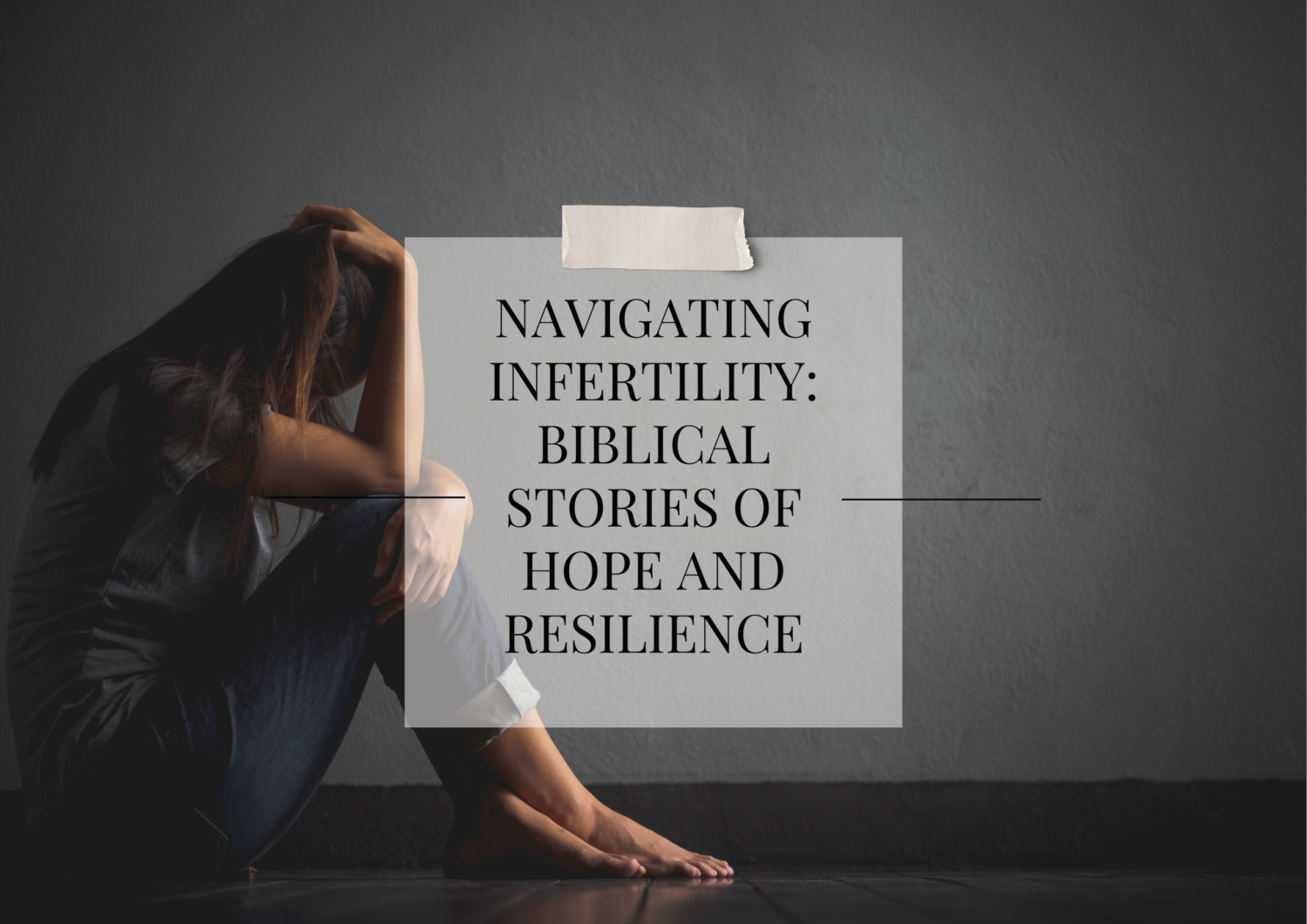Rediscovering Lectio Divina: A Path to Mental Wellness and Spiritual Growth

In the midst of our fast-paced, technology-driven lives, where we are constantly bombarded with information and tasks, it’s crucial to find moments of stillness and reflection. Lectio Divina, an ancient spiritual practice, offers a sanctuary of calm in our chaotic world—a space where we can find comfort for our souls and renewal for our spirits.
Picture this: You’re in a still and quiet room, the gentle flicker of candlelight illuminating the pages of an age-old manuscript in front of you. As you inhale deeply and begin to read, the words seem to come alive, resonating with your very being. This is Lectio Divina—the divine reading—a transformative journey of the heart and mind into the depths of spirituality.
In the upcoming post, we’ll dive into the world of Lectio Divina, exploring its fascinating history, uncovering its potential mental health benefits, and even experiencing a guided session together. So, let’s embark on this journey into the realm of sacred scripture, where ancient wisdom meets our modern yearning, and our souls find comfort in the presence of our God.
Disclaimer:
This blog post contains affiliate links. This means that I may earn a commission if you click on the link and make a purchase, at no additional cost to you. Please note that I only recommend products or services that I genuinely believe in and that align with the content and values of my blog. Your support through these affiliate links helps me maintain and improve the quality of my content. Thank you for your support!
The Rich History of Lectio Divina
Lectio Divina, Latin for “divine reading,” boasts a rich history deeply intertwined with the development of Christian monasticism and spiritual formation. Its origins can be traced back to the early centuries of Christianity when monks sought communion with God through prayer, meditation, and contemplation, often using scripture as a focal point.
One of the earliest proponents of this approach was Origen of Alexandria (c. 185–254 AD), an influential Christian theologian and biblical scholar. Origen emphasized the importance of spiritual interpretation of scripture, believing that the Bible contained hidden truths accessible only to those with a purified heart and mind.
As monasticism flourished in the 4th century, particularly in the deserts of Egypt and Syria, the practice of Lectio Divina became more formalized. The Desert Fathers and Mothers, such as St. Anthony the Great and St. Syncletica of Alexandria, devoted themselves to a life of solitude, prayer, and contemplation, often using scripture as their primary source of spiritual nourishment.
However, Lectio Divina found its most enduring expression within the Benedictine monastic tradition. St. Benedict of Nursia (c. 480–547 AD), the founder of Western monasticism and author of the Rule of St. Benedict, emphasized the importance of ora et labora (prayer and work) as the foundation of monastic life. Central to this rule was the practice of Lectio Divina, which Benedict prescribed as a daily discipline for his monks.

The formalization of Lectio Divina came in the 12th century through the work of the Carthusian monk Guigo II. In his treatise “The Ladder of Monks,” Guigo articulated the stages of Lectio Divina, providing a structured approach to engaging with scripture. These stages—Lectio (Reading), Meditatio (Reflection), Oratio (Response), and Contemplatio (Rest)—served as a framework for deepening spiritual life through intimate engagement with scripture.
Throughout the medieval period, Lectio Divina continued to be upheld within monastic communities across Europe. Theologians such as St. Bernard of Clairvaux and St. Bonaventure codified it further in their writings and expounded on its stages and significance.
Despite periods of decline and revival throughout history, Lectio Divina has endured as a timeless practice, cherished by seekers of all backgrounds for its ability to foster intimacy with the divine and illuminate the path of spiritual growth. Over time, this method of engaging with scripture spread beyond the monastic cloisters and became accessible to laypeople seeking a deeper connection with God.
How Lectio Divina Was Practiced in the Past
Christian monks have historically been some of the most dedicated practitioners of Lectio Divina. Their monastic lifestyle, characterized by solitude, prayer, and discipline, provided an ideal environment for engaging deeply with sacred texts. Here’s how Christian monks would typically practice Lectio Divina:
Structured Routine:
Monastic life is highly structured, with specific times set aside for prayer, work, and rest. Monks would often incorporate Lectio Divina into their daily schedule, dedicating significant portions of time to reading and meditating on scripture.
Quiet Contemplation:
Monastic communities typically have quiet, secluded spaces designated for prayer and contemplation. Monks would retreat to these quiet corners, away from the distractions of the world, to engage in Lectio Divina with undivided attention and focus.
Slow and Deliberate Reading:
Monks would read sacred texts slowly and deliberately, savoring each word and phrase. They would often read aloud, allowing the rhythm and cadence of the words to penetrate their hearts and minds.
Meditative Reflection:
After reading a passage, monks engaged in meditative reflection, pondering its meaning and significance. They considered how the words spoke to their own spiritual journey and sought to apply the teachings of scripture to their lives.
Prayerful Response:
Monks would respond to the text through prayer, offering their thoughts, feelings, and desires to God. This prayerful dialogue with the divine was often spontaneous and heartfelt, expressing gratitude, repentance, supplication, or praise.
Silent Contemplation:
Finally, monks would enter into a state of silent contemplation, resting in God’s presence. In this stillness, they would allow the words of scripture to resonate within them, trusting in the transformative power of divine grace.
Overall, for Christian monks, Lectio Divina was not just a spiritual exercise but a way of life—a sacred journey of encountering God through the holy texts of the Bible. Through this contemplative practice, monks sought to deepen their relationship with God, grow in spiritual wisdom, and embody the teachings of Christ in their daily lives.

Mental Health Benefits of Lectio Divina
In today’s fast-paced world, mental health concerns like stress, anxiety, and burnout are rampant. Lectio Divina offers a holistic approach to mental wellness by fostering mindfulness, emotional resilience, and spiritual nourishment. Engaging in this contemplative practice can promote:
Stress Reduction:
Immersing oneself in sacred texts and focusing on the present moment can help one experience a sense of calm and peace.
Enhanced Emotional Regulation:
Through reflection and prayerful dialogue with the text, practitioners develop greater self-awareness and emotional intelligence, leading to healthier responses to life’s challenges.
Deepened Spiritual Connection:
Lectio Divina cultivates a profound sense of connection with the divine, providing comfort and meaning in times of spiritual longing or questioning.
Increased Self-Awareness:
Engaging in Lectio Divina encourages individuals to explore their inner thoughts, feelings, and beliefs. Through reflection on sacred texts and personal responses, practitioners gain deeper insights into their inner world, fostering a greater understanding of themselves and their motivations.
Promotion of Gratitude and Positivity:
By focusing on sacred texts that often emphasize themes of gratitude, love, and compassion, Lectio Divina can help individuals cultivate a more positive outlook on life. Expressing gratitude and appreciation during the oratio stage can uplift the spirit and promote emotional well-being.
Sense of Community and Connection:
While Lectio Divina is often practiced individually, it can also be done in a group setting, fostering a sense of community and shared spiritual journey. Participating in group sessions allows individuals to connect with others who share similar values and aspirations, reducing feelings of isolation and loneliness.
Coping with Grief and Loss:
During times of grief, loss, or hardship, Lectio Divina can serve as a source of comfort. The practice provides a sacred space for individuals to express their emotions, seek guidance from God, and find meaning and hope amidst suffering.
Encouragement of Mindful Living:
Lectio Divina encourages individuals to live mindfully, paying attention to the present moment and cultivating a sense of awareness and presence. By incorporating mindfulness into daily life through scripture reading and prayerful reflection, practitioners can reduce negative thought cycles, alleviate stress, and enhance overall well-being.
Empowerment and Personal Growth:
Over time, regular practice of Lectio Divina can lead to profound personal transformation. As individuals deepen their spiritual connection and gain insight into their inner selves, they may experience increased confidence, resilience, and a sense of purpose, empowering them to navigate life’s challenges with grace and authenticity.
How to Practice Lectio Divina Today

1. Set Aside Time:
Choose a specific time and place where you can engage in Lectio Divina without distractions. It could be early morning before the day begins, during a quiet moment in the afternoon, or as part of your evening devotional time.
2. Prepare Your Heart:
Begin with a short prayer, asking for God’s guidance and presence as you enter into this sacred practice. Open your heart to receive His Word and to be transformed by His truth.
3. Select a Passage:
Choose a passage from the Bible that speaks to you or one that you feel drawn to explore. It could be a verse, a short passage, or a more extended section—it’s more about quality than quantity.
4. Read (Lectio):
Read the chosen passage slowly and attentively. Pay attention to each word and phrase, allowing them to sink in deeply. Consider reading the passage multiple times to absorb its meaning fully.
5. Reflect (Meditatio):
Reflect on the passage, asking yourself questions such as:
- What is the main message or theme of the passage?
- How does this passage speak to my life circumstances or current struggles?
- What emotions or thoughts does this passage evoke in me?
- What insights or lessons can I glean from this passage?
6. Respond (Oratio):
Respond to the passage through prayer. Share your thoughts, feelings, and desires with God, expressing gratitude, seeking guidance, confessing sins, or asking for His help. Allow your prayer to flow naturally from your reflections on the scripture.
7. Rest (Contemplatio):
Rest in silent contemplation, simply being present with God. Let go of words and thoughts and allow His presence to envelop you. As you abide in His presence, be open to any insights or promptings from the Holy Spirit.
8. Live Out the Word:
Consider how you can apply the insights gained from your Lectio Divina practice to your daily life. Look for opportunities to embody the truths of scripture in your thoughts, words, and actions, allowing God’s Word to shape and transform you.
9. Repeat Regularly:
Make Lectio Divina a regular part of your spiritual practice. Set aside time each day or several times a week to engage in this contemplative exercise. As you continue to practice Lectio Divina, you’ll deepen your relationship with God and grow in spiritual maturity.
Conclusion
Lectio Divina is not merely a religious exercise but a transformative practice that transcends denominational boundaries, offering profound benefits for mental health and spiritual well-being. By engaging in this ancient tradition, we can cultivate inner peace, clarity of mind, and a deeper connection with the divine presence that dwells within and around us. So, let us embrace the timeless wisdom of Lectio Divina as a sacred journey toward wholeness and spiritual growth.

- Reflect on a time in history when spiritual practices like Lectio Divina were integral to daily life. How do you think the world was different from how it is now?
- Imagine incorporating Lectio Divina into your daily routine. What adjustments would you need to make, and how do you think it would impact your spiritual well-being?
- Reflect on the idea of Lectio Divina as not just a spiritual exercise but a way of life. How might incorporating this practice into your daily routine shape your perspective and priorities?

- Monk Habits for Everyday People: Benedictine Spirituality for Protestants by Dennis L. Okholm
- This book explores how the principles of Benedictine spirituality can be applied to everyday life, offering insights and practices for Protestants seeking spiritual growth and contemplative living.
- Still Waters: A Journey Through Lectio Divina for Kids by Samara Elledge & SareneCo Creations
- Designed for children, this book guides young readers through the practice of Lectio Divina, helping them engage with sacred texts in a meaningful and accessible way.
- Still Waters: A Journey Through Lectio Divina by Samara Elledge & SareneCo Creations
- This book provides a guided journey through Lectio Divina, offering readers of all ages a structured approach to deepening their spiritual life through scripture.
- Still Waters: A Journey Through Lectio Divina for Teens by Samara Elledge & SareneCo Creations
- Tailored for teenagers, this book introduces the practice of Lectio Divina in a format that resonates with young readers, encouraging them to explore their faith in a contemplative way.
- Lectio Divina―The Sacred Art: Transforming Words & Images into Heart-Centered Prayer (The Art of Spiritual Living) by Christine Valters Paintner PhD
- This book offers insights into the transformative power of Lectio Divina, showing readers how to engage with words and images from scripture in a prayerful and heart-centered manner.
- Meeting God in Scripture: A Hands-On Guide to Lectio Divina by Jan Johnson
- Providing practical guidance, this book offers readers a hands-on approach to practicing Lectio Divina, helping them encounter the divine presence in the pages of scripture.
- Opening to God: Lectio Divina and Life as Prayer by David G. Benner
- Exploring the connection between Lectio Divina and a life of prayer, this book invites readers to open themselves to God’s presence through the sacred practice of divine reading.




